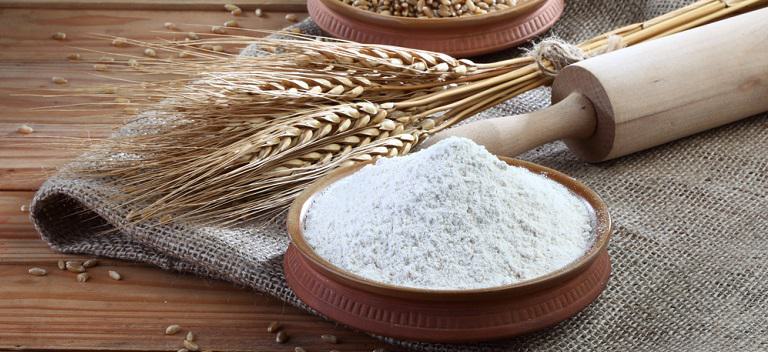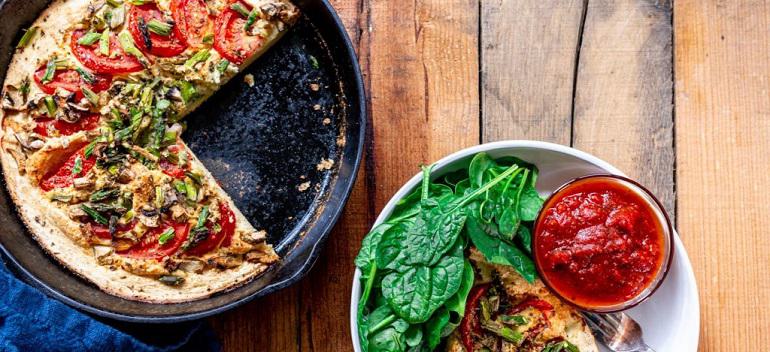


 Flour based foods are among the most popular gluten-containing foods around. These foods include wheat bran, wheat flour, durum, spelt, Kamut, semolina and triticale.
Flour based foods are among the most popular gluten-containing foods around. These foods include wheat bran, wheat flour, durum, spelt, Kamut, semolina and triticale.
 Many candies and sweets contain gluten, which is used to boost texture. Breaded and supermarket candies should be avoided when on a gluten free diet, as well as baking mixes.
Many candies and sweets contain gluten, which is used to boost texture. Breaded and supermarket candies should be avoided when on a gluten free diet, as well as baking mixes.
 Nearly all animal products are gluten free unless they've been processed. This includes eggs, cheese, milk and yogurt. When choosing flavored versions of these products, read all ingredients to ensure that gluten was not added to the flavoring process.
Nearly all animal products are gluten free unless they've been processed. This includes eggs, cheese, milk and yogurt. When choosing flavored versions of these products, read all ingredients to ensure that gluten was not added to the flavoring process.
 Start your morning off sweet by making these delicious Grain Free Cinnamon Rolls. Made with our Gluten Free Flatbread Mix, it's a flavorful recipe that can be prepped and cooked in under an hour.
Start your morning off sweet by making these delicious Grain Free Cinnamon Rolls. Made with our Gluten Free Flatbread Mix, it's a flavorful recipe that can be prepped and cooked in under an hour.
 This delicious flatbread is the gluten free dinner of your dreams. Crispy on the outside and fluffy on the inside, it is covered with fresh seasonal produce and flavor. A fantastic dinner to surprise your family with, it's entirely gluten free.
While this list is full of delicious gluten free foods, there are still many others out there to try. Foods and beverages like legumes, coffee, almond milk and beans are just a few of the many naturally gluten free foods not mentioned. When it comes to starting a gluten free lifestyle, we encourage you to get creative. By pooling together some of the best ingredients, you can create dishes even more flavorful than their gluten-filled counterparts. There are so many unique ways to cook and snack gluten free. You'd be surprised at what you find! Use the tips and meals on this list to create a gluten free meal plan customized to your body's unique needs. We can't wait to see what you make. From everyone at Bob's Red Mill, have a healthy and happy day!
This delicious flatbread is the gluten free dinner of your dreams. Crispy on the outside and fluffy on the inside, it is covered with fresh seasonal produce and flavor. A fantastic dinner to surprise your family with, it's entirely gluten free.
While this list is full of delicious gluten free foods, there are still many others out there to try. Foods and beverages like legumes, coffee, almond milk and beans are just a few of the many naturally gluten free foods not mentioned. When it comes to starting a gluten free lifestyle, we encourage you to get creative. By pooling together some of the best ingredients, you can create dishes even more flavorful than their gluten-filled counterparts. There are so many unique ways to cook and snack gluten free. You'd be surprised at what you find! Use the tips and meals on this list to create a gluten free meal plan customized to your body's unique needs. We can't wait to see what you make. From everyone at Bob's Red Mill, have a healthy and happy day!